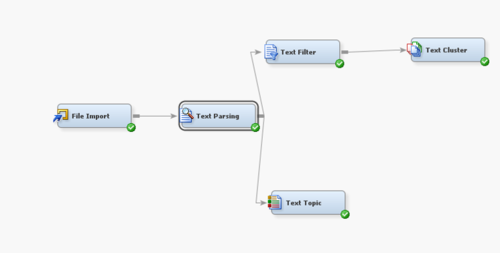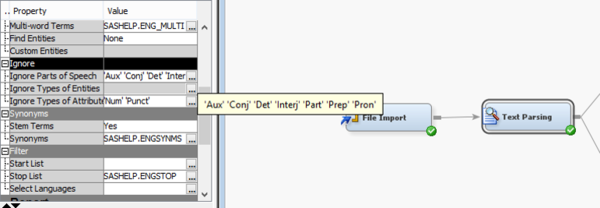ANLY482 AY2016-17 T2 Group7: Euromonitor
With reference to Chart 11 in the Exploratory Data Analysis, we have selected 2 databases, Lawnet and Euromonitor to focus on. This is due to the fact that these 2 databases are the most commonly used amongst the Law and Business students respectively, as these 2 schools are the 2 biggest contributors to the searches during the Term. In addition, Marketline has been chosen for further analyses requested by the sponsor.
.
.
Euromonitor
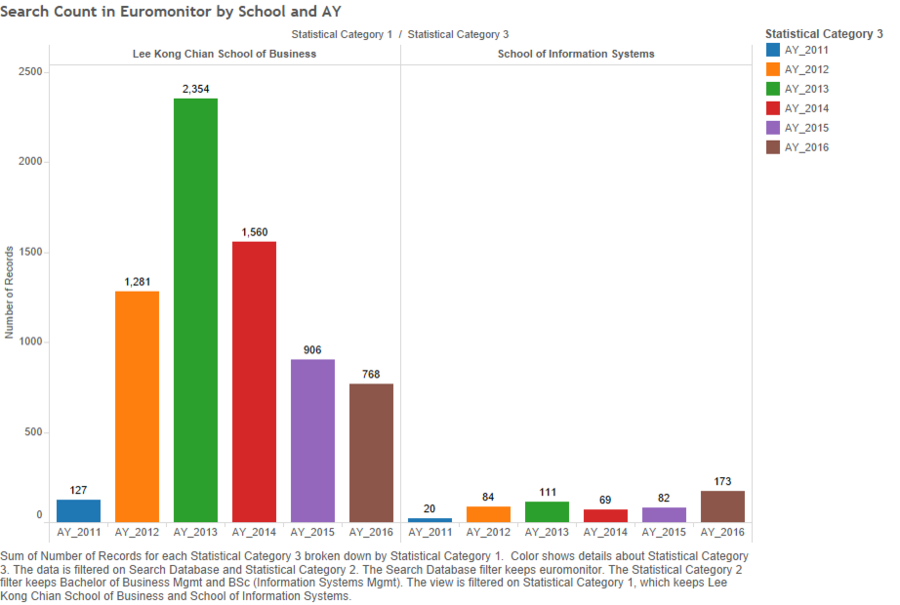
Chart 15: Search Count in Euromonitor by Schools & Admission Years
| Subject Matter: | Contrasting BBM against Bsc(IS) users across Admission Years |
|---|---|
| Thought Process: | As our team consists of BBM and Bsc(IS) students, we discussed among ourselves and then with our peers of our faculties about how often we use Euromonitor in our research. Amidst our sharings, we found out that more often than not, BSc(IS) students do not use Euromonitor as much as their BBM counterparts. However, some of the BSc(IS) students shared that they have used Euromonitor rather intensively in their 1st - 2nd years, mainly for researching on the University Core modules which they have to take (eg. TWC, BGS).
Thus, we attempted to verify this discussion through the analysis of the data. |
| Analysis: | From Chart 15, we observe that the number of searches performed by BSc(IS) users across all admission years are significantly lower than their BBM counterparts. Thus, this could possibly verify our thoughts that BSc(IS) users indeed use Euromonitor for research lesser than their BBM counterparts.
Most interestingly, BSc(IS) users in AY_2016 have performed the most number of searches as compared to their faculty users from the other admission years. The first year of the SMU BSc(IS) curriculum usually consists of University Core Modules such as BGS (Business, Government & Society) and TWC (Technology and World Change) which are by nature, research-intensive modules. Thus, it would be more probable that BSc(IS) users in AY_2016, meaning they are in their first year in 2016, are performing such high number of searches because they are enrolled in such research-intensive modules. The number of research-intensive modules in the curriculum decreases significantly as the typical BSc(IS) user moves into his/her 2nd year and thereafter. This could be shown by the low number of searches performed by BSc(IS) users in AY_2015 (1st/2nd Year in 2016), AY_2014 (2nd/3rd Year in 2016) and AY_2013 (3rd/4th Year in 2016. Contrasting with BBM users, the number of searches across all academic years remains high. This could be due to the nature of the BBM curriculum which consists of research-intensive modules throughout. |
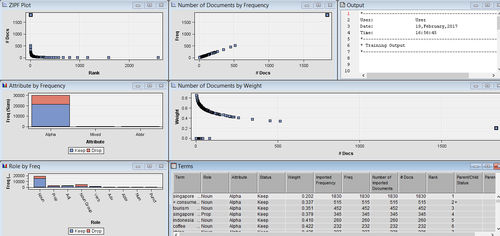
Among 30720 cases, 8257 (26.88%) are dropped after parsing the data.
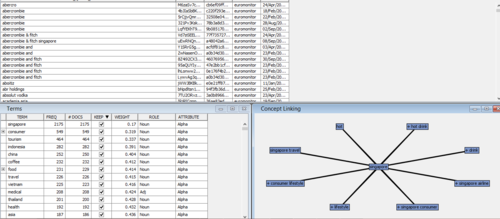
In addition to parsing of the data, we noticed that the Term “singapore” has the greatest frequency of 2175, followed by the Terms “consumer” and “tourism”.
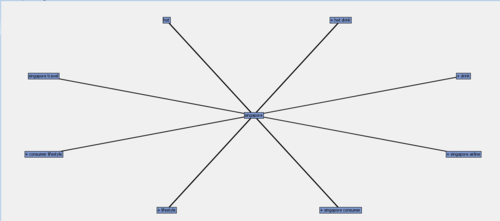
From the graph above we noticed that ‘singapore’ is linked to ‘hot drinks’, ‘hot’, ‘drink’, ‘singapore travel’, ‘consumer lifestyle’, ‘lifestyle’, ‘singapore consumer’ and ‘singapore airline’
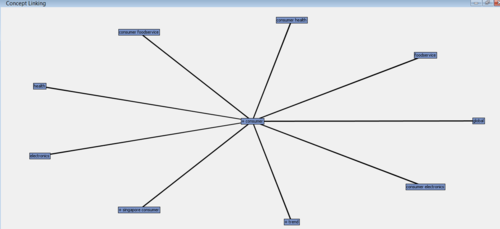
From the graph above we noticed that ‘consumer’ is linked to ‘consumer health’, ‘consumer foodservice’, ‘electronics’, ‘’, ‘singapore consumer’, ‘trend’, ‘consumer electronics’ and ‘global’.
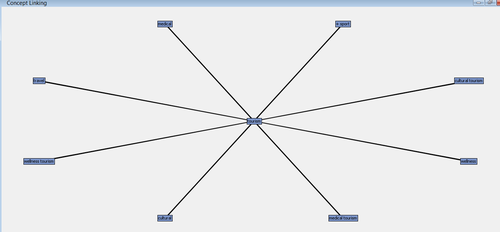
From the graph above, we noticed ‘tourism’ is linked to ‘medical’, ‘sport’, ‘cultural tourism’, ‘wellness’, ‘medical tourism’, ‘cultural’, ‘wellness tourism’ and ‘travel’.
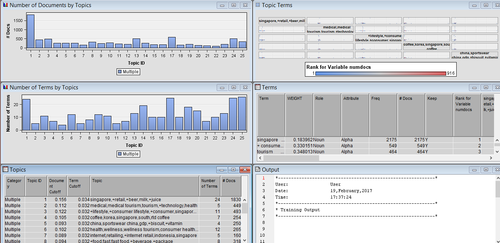
This is the result shown by function Text Topic.
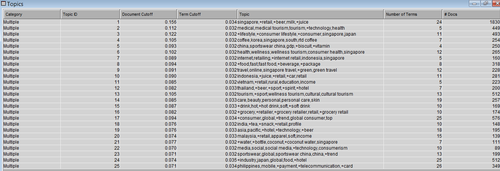
From the graph above, results from Text Topic function shows that “singapore”, “retail”, “beer”, “milk” and “juice” are of the same topic, “medical”, “tourism”, “technology” and “health” are of the same topic, and “lifestyle”, “consumer”, “singapore”, “japan” are of the same topic.
